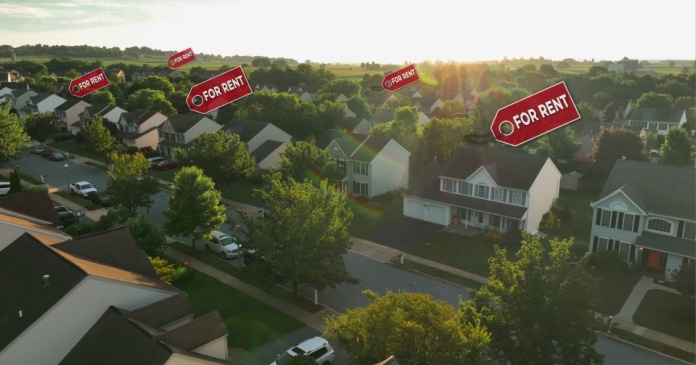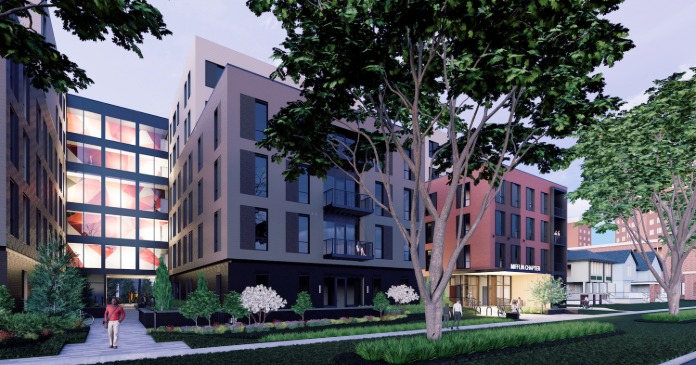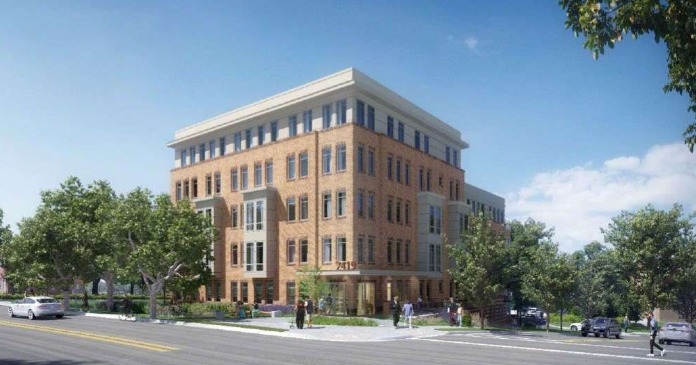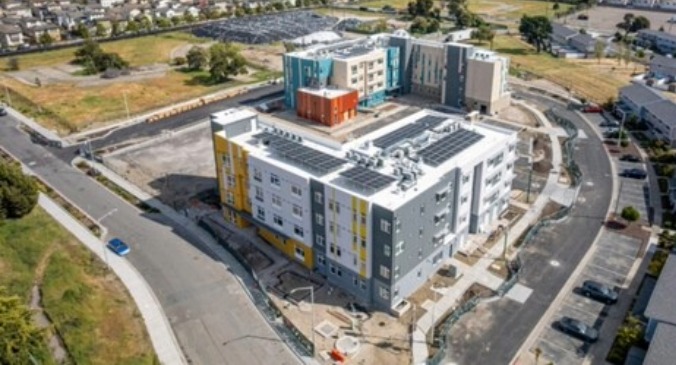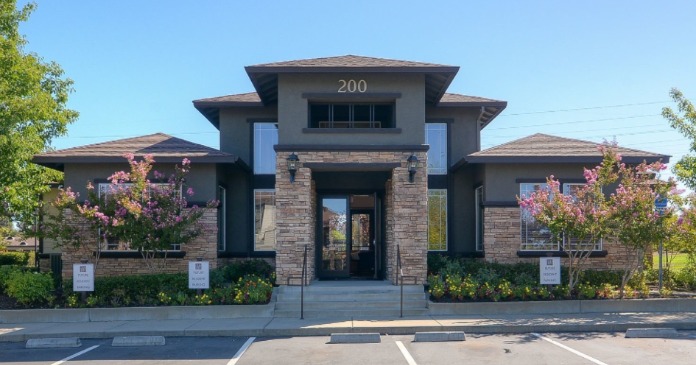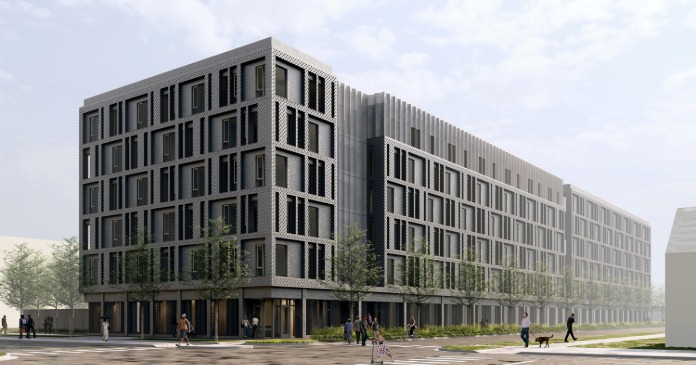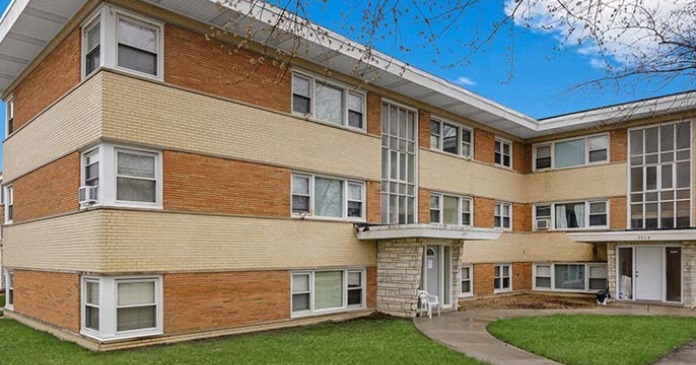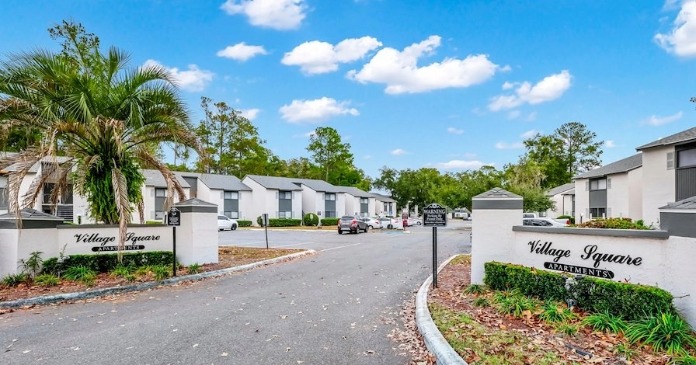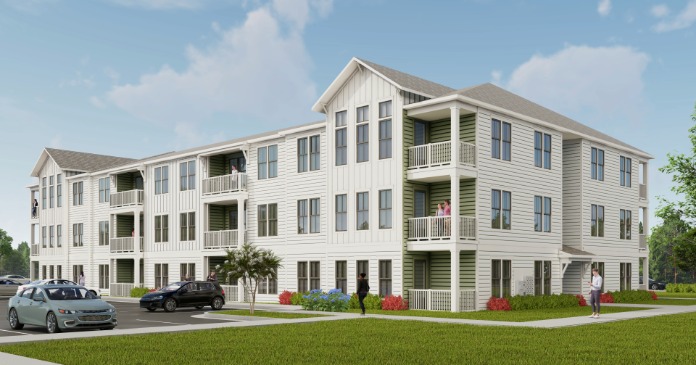CoreLogic reported that their single-family rent index (SFRI) for December rose 1.8 percent from its year-earlier level. This is down 0.4 percentage points from last month’s revised year-over-year rent growth rate and is down from the 2.5 percent annual rent growth rate reported in December 2023.
Adjusted vs. nominal
The history of the overall SFRI growth rate since January 2020 is shown in the chart, below. The chart shows both the nominal year-over-year single-family rent growth rate and also the wage-adjusted and CPI-adjusted rates. The wage-adjusted rate is the year-over-year nominal rate less the year-over-year rate of wage growth as measured by the seasonally-adjusted average hourly earnings of production and non-supervisory employees. The CPI-adjusted rate is the year-over-year nominal rate less the year-over-year rate of growth in the unadjusted consumer price index (CPI-U).
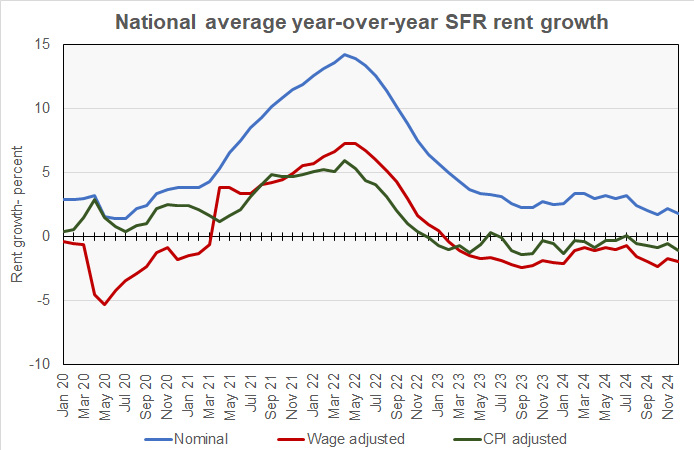
The chart shows that the nominal SFR year-over-year rent growth rate had been hovering between 3 and 3.5 percent since early in 2024. This is the range that it occupied in the lead up to the pandemic. However, lately it has been trending lower and has been under 2 percent for 2 of the last 3 months.
Both the inflation-adjusted and the wage-adjusted SFRI rent growth rates have been negative for nearly 2 years.
For reference, Yardi Matrix found that single-family rent growth in December was -0.8 percent year-over-year as rents fell $7 for the month. However, Yardi Matrix focuses on properties of 50 or more units while CoreLogic takes a broader look at the single-family rental market, since small holdings represent a majority of the market.
Ranking the metros
CoreLogic only reported on the year-over-year rate of growth in the SFRI for 10 metropolitan areas this month rather than their usual 20 metros. Washington DC surpassed Detroit to occupy the top spot with year-over-year rent growth of 5.6 percent. Detroit dropped to second place with rent growth of 5.5 percent. Chicago rounded out the top 3 with rent growth coming in at 5.1 percent.
Perennial rent growth laggard Austin was not included in this month’s list. Neither were Boston nor Phoenix, which joined Austin in the bottom 3 metros in last month’s report. The metro at the bottom of the list this month was Dallas with rent growth of 0.4 percent. It was followed by Atlanta with rent growth of 0.7 percent.
CoreLogic is a data and analytics company. It calculates the SFRI using “a repeat pairing methodology to single-family rental listing data in the Multiple Listing Service.” The CoreLogic report is available here.


